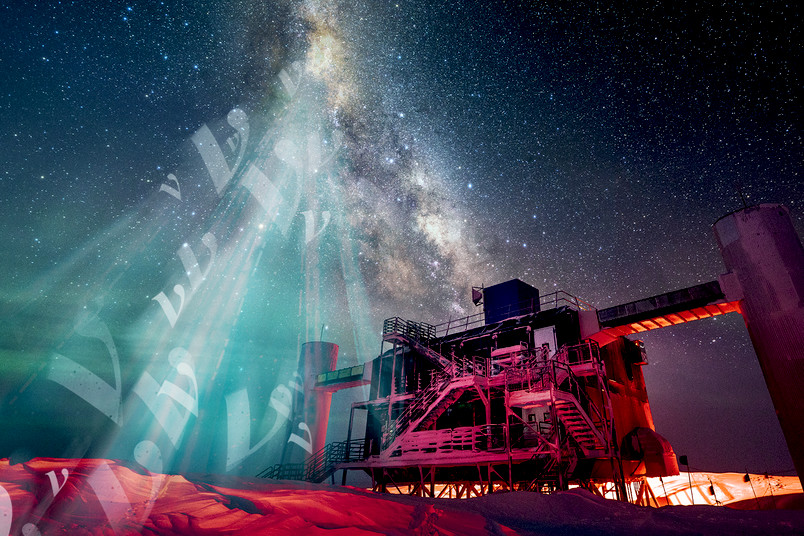The Experiment

The IceCube Neutrino Observatory is the first detector of its kind, designed to observe the cosmos from deep within the South Pole ice. IceCube uses a cubic kilometer — a billion tons — of the ice cap beneath the South Pole to detect neutrinos.
Neutrinos with energies beyond 1 PeV are produced in violent astrophysical sources such as active galactic nuclei, powered by matter accreting onto supermassive black hole. Lower energy neutrinos from the GeV to the TeV scale are produced by cosmic rays colliding with Earth’s atmosphere, allowing us to probe neutrino physics in ways complementary to long-baseline experiments like T2K, NOvA, and DUNE.
Combined with electromagnetic and gravitational-wave observations, neutrinos hold the key to probing some of the most distant and energetic processes in the universe. We in the IceCube group are part of the growing multi-messenger efforts at MSU and include researchers with expertise in X-ray, gamma-ray and cosmic microwave background (CMB) observations.
Approximately 300 physicists from 53 institutions in 12 countries make up the IceCube Collaboration. The National Science Foundation (NSF) provided the primary funding for the IceCube Neutrino Observatory, with assistance from partner funding agencies around the world.